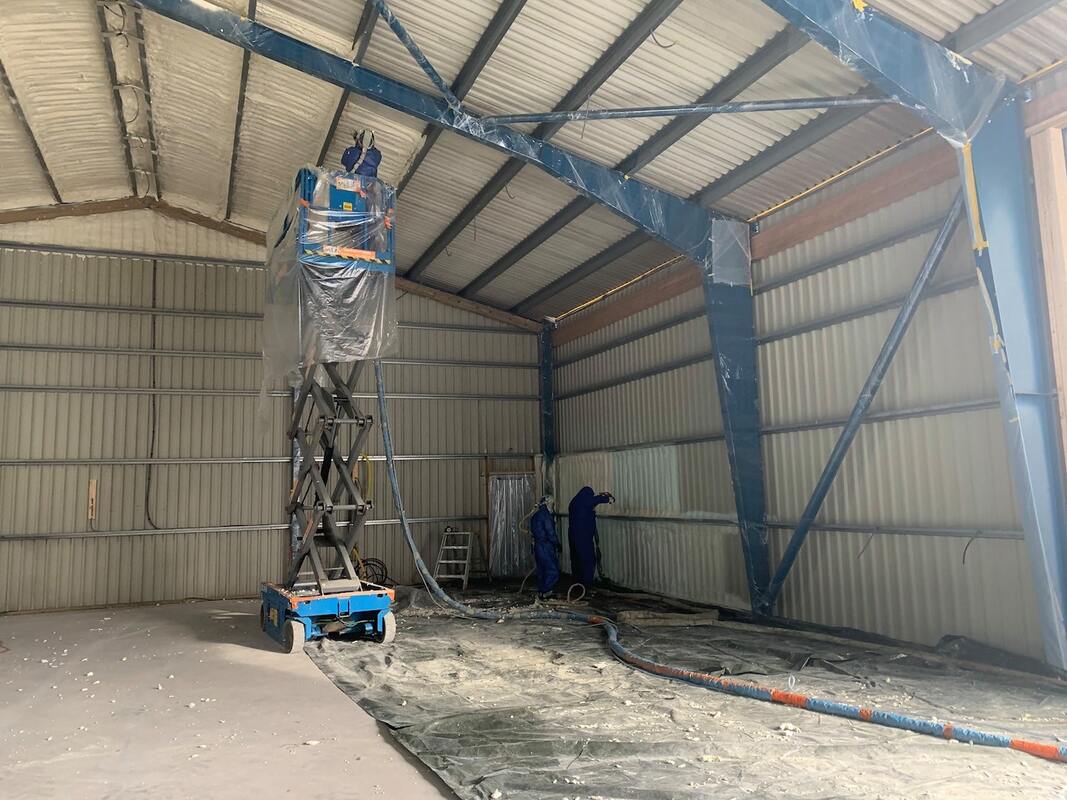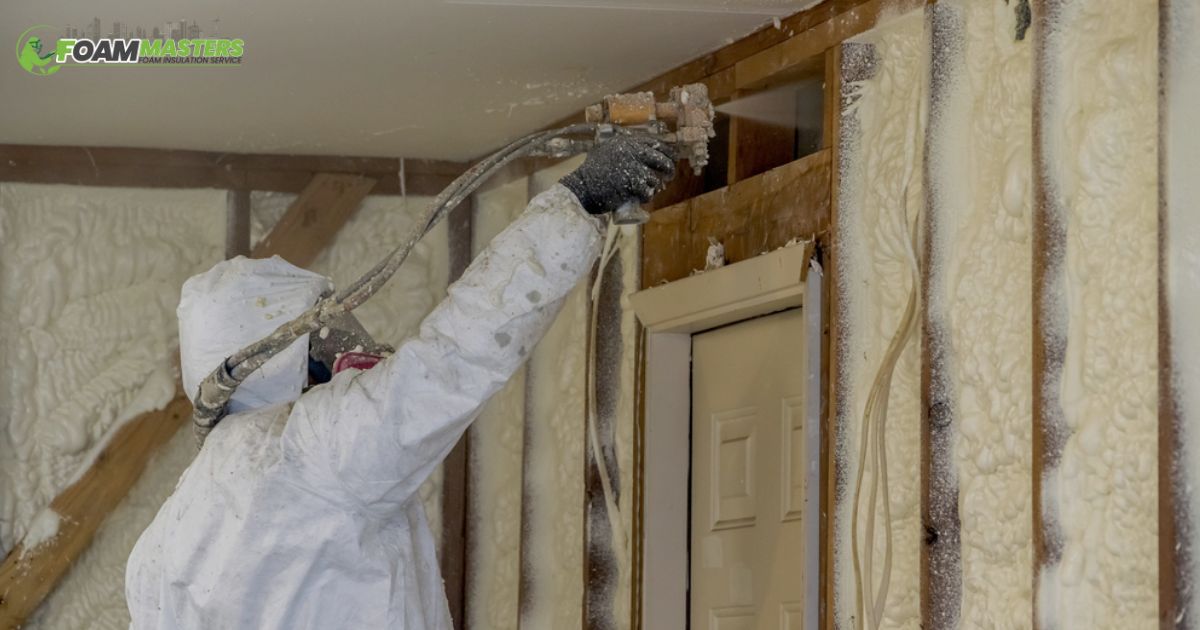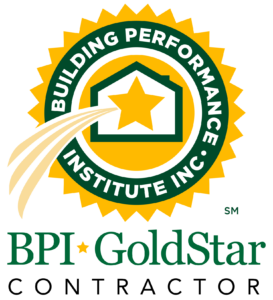- What is Spray Foam Insulation?
- The Health Risks of Spray Foam Insulation
- What to Know Before Installing Spray Foam Insulation
- What to Do to Minimize Health Risks?
Spray foam has grown popular in recent years because of its excellent insulating and air sealing features. It’s a two-part liquid combination that expands quickly after application, filling gaps and crevices to provide a smooth barrier against air intrusion.
This leads to better energy efficiency and decreased heating and cooling expenses. However, given its benefits, spray foam may pose health hazards that people should be aware of before deciding.
What is Spray Foam Insulation?
Spray foam’s chemical reaction is what makes it so effective. When the two liquids are combined and sprayed, they react, causing the mixture to expand and solidify, effectively filling gaps and cracks.
Here are the two major types of this insulation:
- Open-cell spray foam
This type has a lighter, spongy feel that allows for air permeability. It is an excellent solution for attics and unconditioned rooms.
- Closed-cell spray foam
This type’s thick, stiff construction offers a strong vapor barrier. It is best for basements, crawlspaces, and external walls.
The advantages of spray foam insulation are numerous. It provides good insulating value, decreases air leaks, lowers noise transfer, and even helps to prevent mold development because of its moisture control capabilities.
Also Read: IS OPEN CELL FOAM GOOD FOR INSULATION?
The Health Risks of Spray Foam Insulation
While spray foam provides several benefits, there are worries about potential health hazards during and after installation. Here are some of the main health issues.
- Off-gassing of Chemicals
During and after installation, uncured spray foam can leak volatile organic compounds (VOCs) and other pollutants. These may irritate your eyes, nose, and throat, causing coughing, wheezing, and shortness of breath
- Allergic Reactions and Skin Irritation
Isocyanates, a key ingredient in spray foam, can cause allergic responses in some people. Symptoms may include skin rashes, irritation, and trouble breathing. Direct contact with uncured spray foam can also irritate the skin.
- Exposure During Installation
The installation process poses a health risk. The inhalation of overspray and dust particles could irritate the respiratory system. Installers must use appropriate personal protective equipment (PPE) to reduce exposure.
- Improper Installation and Ventilation
Insufficient ventilation before and after installation can trap VOCs and other pollutants within the home. It poses long-term health risks. Also, incorrect installation could leave holes in the foam, letting uncured chemicals continue off-gassing.
What to Know Before Installing Spray Foam Insulation
Before investing in spray foam insulation, remember the following crucial points:
- Professional Installation
Always choose a professional and competent contractor who follows safe application procedures and correct ventilation measures.
- Chemical Awareness
Request information on the chemicals used in the spray foam product. Ask if there are any low-emission or sustainable substitutes that may be available.
- Ventilation and Safety
Provide adequate ventilation both during and after installation to stop any leftover odors. Follow all the contractor’s safety recommendations to reduce exposure.
- Alternatives
If you are concerned about potential health dangers, consider other insulating materials like cellulose, fiberglass, or mineral wool. These are proven options with fewer health hazards.
What to Do to Minimize Health Risks?
Even if you choose spray foam, you may take the following precautions to reduce any health risks:
- Low-Emission Options
Choose spray foam with minimal volatile organic compounds (VOCs) to avoid worries about off-gassing.
- Ventilation is Key
Proper ventilation is critical. Open windows and doors during and after installation to allow odors to disperse properly.
- Maintenance and Inspection
Inspect your insulation regularly for signs of damage or tears. Minor problems might cause off-gassing to continue.
While spray foam insulation has unquestionable benefits, protecting your health and providing a safe living environment should be taken first. Understanding the possible health concerns and taking precautions to avoid them allows you to make a wise choice about whether spray foam is the best option for your home.
Working with a reputable insulation company is essential for reducing health hazards. Certified experts are trained in safe application processes, use adequate ventilation techniques, and prioritize their clients’ well-being. When you hire a reliable company with a track record of safety, the possible health risks linked become less of a concern. You may enjoy the comfort and energy savings that spray foam insulation offers
Ensure Safety in Spray Foam Insulation Installation
Foam Masters USA knows how important it is to provide a healthy and enjoyable living environment. Our qualified technicians install spray foam insulation safely and correctly. We use low-emission materials whenever possible and follow safety measures throughout the process.
We are here to give you total peace of mind. If you’re thinking about spray foam insulation and want to deal with a company that values both efficiency and safety, call Foam Masters USA now for a free consultation.






